 Qazvin
Qazvin 
Qazvin is a city in the northwest of Iran. Qazvin Province has a total population of 1.3 million people and includes six counties. It is one of the largest farming provinces in the country with a total share of 5.5 % of Iran’s annual products. Qazvin is also one of the most ancient cities in Iran. Archeological findings show the existence of civilization in Qazvin goes back to more than seven millennia BC. But the most pivotal turn in the long history of Qazvin came when Shah Tahmasp I of Safavid dynasty came to power. The city was the capital of Iran and a major center of commerce for over half a century. Safavids were great patrons of art and wherever they went, they created stunning works of religious architecture. Tabriz, Isfahan and Qazvin, as the capitals of Safavids, showcase an array of such extraordinary structures. Glorious congregational mosques, palaces and massive traditional markets known as Bazaar are the most famous of these buildings. Grand bazaar of Qazvin, Chehel Sotoun and Jameh Mosque of Qazvin are three instances of Safavids’ love of civic representations of religion and arts. By booking one of our Qazvin sightseeing tours, you guaranty a place in the magic journey across the ancient city. But city tours are only a small part of our Qazvin tours. Our packages cater to every visitor’s wish. Off-roading and nature enthusiast can relish in the pristine beauty of Alamut county. History buffs and gamers can marvel at the grandeur of the Castle of Assassins. The splendor of Ovan Lake will render nature lovers and birdwatchers speechless. And finally, hikers can feast in the bountiful collection of natural wonders in Alamut Valley. So, let us further whet your appetite by introducing the best of tourist attractions in Qazvin.
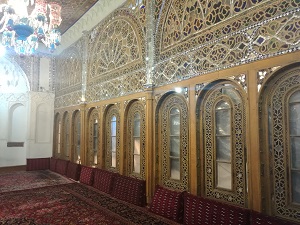
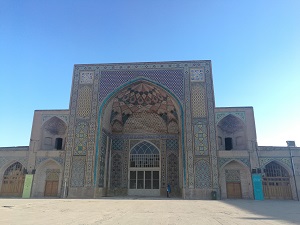

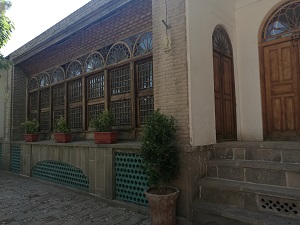
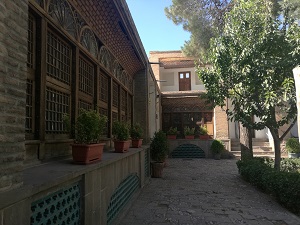
Qazvin’s tourist attractions include natural sights, historic spots and public spaces. Each era is represented in the city’s great host of historic monuments. Qazvin’s top sights include the spectacular historic sites of Qazvin and the breathtaking natural beauty of its counties. These mesmerizing spots contribute to the city’s economy. Until a couple of years ago Qazvin depended on farming, herding and food manufacturing and had a small share of tourism industry of Iran. But the great diversity of tourist attractions has made Qazvin’s tours popular all through the year. We will talk at length about the natural attractions in and around Qazvin. But for the time being, let’s take a brief look at some of the most prominent historic and urban attractions in Qazvin.
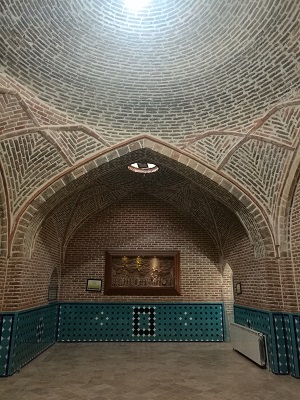
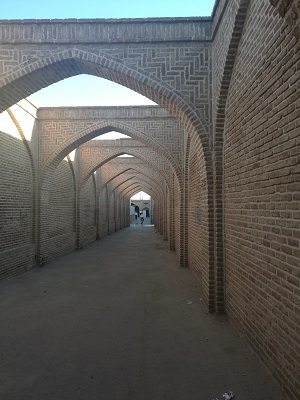
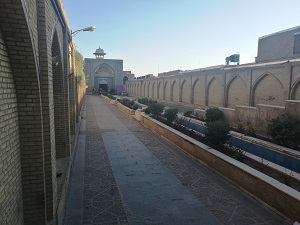
Although less famed than its more palatial counterpart in Isfahan, Chehel Sotoun in Qazvin is a prime instance of Iranian architecture of Safavid era. Chehel Sotoun is a majestic pavilion built in a historic garden. It is the sole survivor of many similar palaces and royal edifices built during the palmy days of Safavid rule over Iran. Among the myriad of decorative art at display in Chehel Sotoun, its historic frescoes are the most enchanting. They show the rise and fall of kings and dynasties with luscious forms and colors. Spectacular glass work is another prominent aspect of Chehel Sotoun. As light travels through the colorful glasswork of the beautiful wooden windows, magical colors appear inside the old pavilion.




“History has remembered the kings and warriors, because they destroyed; art has remembered the people, because they created”. This famous quote by William Morris doesn’t apply much to the Safavid kings. History has remembered the Safavid dynasty more for the creative vein and religious fervor of its kings rather than their destructive power. Once the king wanted both of these elements, namely religion and creation in the form of art, present in the body of a monument, Iranian artists presented them with the splendor of grand congregational mosques. In these masterpieces of Safavid era, painting, tilework, plasterwork and architecture are all at the service of devotion. If you are a little bit acquainted with eastern philosophy and worldview, you will fall upon your knees at the sight of a place such as Sheikh Lotfollah Mosque in Isfahan or Jameh Mosque of Qazvin. The abstract sublimity of the dome with its celestial colors and patterns challenges all the mighty and powerful. Upon entering through the gates, an overwhelming sense of humility rushes through your vein. You feel like a speck of stardust in the infinity of the universe. Jameh Mosque of Qazvin is a remnant from the rule of Safavid, a time when Qazvin was the capital of Iran.
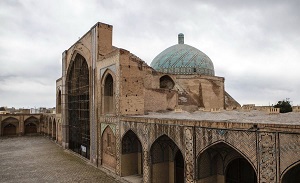
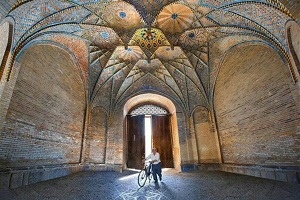
Public baths were a must in old Iranian civic engineering. Qajar Bathhouse (Hammam Qajar) in Qazvin is a superb instance of great royal bathhouses in Iran. Shāh Abbās the Great, the most powerful of the Safavids, ordered the construction of the bath in 1647. Total area of Qajar Bathhouse adds up to 1045 square meters and has two separate sections for men and women. Qajar Bathhouse is restored under auspicious of Cultural Heritage, Handicrafts and Tourism Organization of Iran and now functions as Anthropology Museum of Qazvin. Three sections of the museum each exhibits one aspect of life in the old Qazvin.
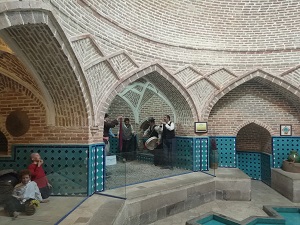
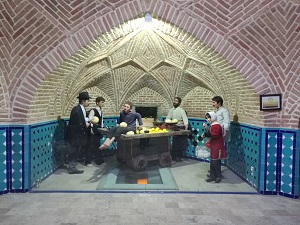
The first modern hotels in Iran emerged over a century ago. Grand Hotel in Qazvin is one of the oldest hotels in Iran. It was founded in 1922 by the order of Borzu Shapur, a feudal lord. The tradition of building grand hotels goes back to Qajar era. Qajar kings traveled to Europe and among the things that appealed to them was residing in modern European hotels. Several grand hotels appeared around the country. Tehran and Qazvin grand hotels are better known. Grand Hotel in Qazvin was the meeting place of the young intellectuals of the city who discussed politics in the hotel’s lovely café. Grand Hotel also included a theatre but it burned to the ground in a destructive fire. Qazvin Grand Hotel came under spotlight when it housed the conspirators behind the coup that put an end to the rule of Qajar dynasty.
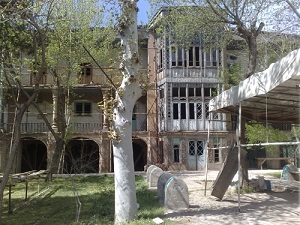
Amusement parks and entertainment centers are as essential to modern cities as hospitals and airports. Dalfak Amusement Park is an entertainment complex in Qazvin. It opened in 2011 and is the largest and most equipped amusement park in Qazvin. Its facilities include separate amusement parks for children and adults as well as an indoor entertainment complex. Many restaurants, cafés and traditional tea houses also offer their services to the people. Beside its main function as an amusement park, Dalfak is also a favorite weekend spot for the people of Qazvin. They hang around, chat or discuss daily issues over a nice cup of tea in Dalfak’s lovely traditional tea house.

Qazvin’s Zoo is located south of Baharestan Road in Qazvin. It is part of the vast National Park of Barajin. The section that includes Qazvin’s Zoo, (also known as Nature Village) opened to the public in 2011. People who helped create the Nature Village, wanted to make people more sympathetic towards nature and animals. Since the foundation of special sections for snakes, reptiles and hunting birds, the market of animal trafficking has drastically plunged. People see the endangered species and learn about the ways of saving them from extinction. Unlike most zoos, people may feed the animals. They must be careful though to get each animal’s special food from the booths installed in the park.

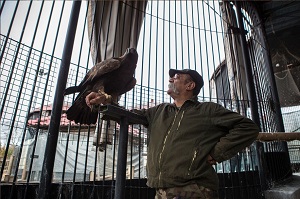
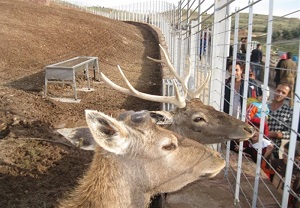
Iran has always been a major trade center in the Middle-East. The best proof of this significance is the existence of Iranian grand bazaars in most of the major cities in Iran. Qazvin’s Bazaar is another remnant from the time when the city was the capital of the country. Although Qazvin Bazaar predates the Safavid dynasty, most of the present structures appeared during the latter era. As with all grand bazaars around Iran, Qazvin’s Bazaar has different divisions and each of them has a specific function. Of these monuments, one can mention the beautiful Caravanserai of Sa'd al-Saltaneh, the abode of the tradesmen of the past. The caravanserai exhibits the supreme art of Iranian architecture with its spectacular brick vaults and divine tileworks. Other important places in Qazvin’s Bazaar include the centuries-old Al-Nabi Mosque, Saraay-e Razavi and Vazir Caravanserai.
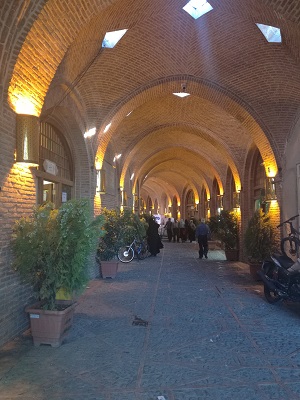
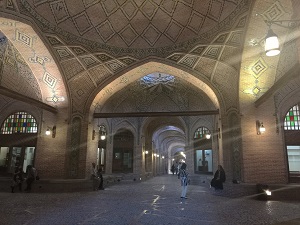
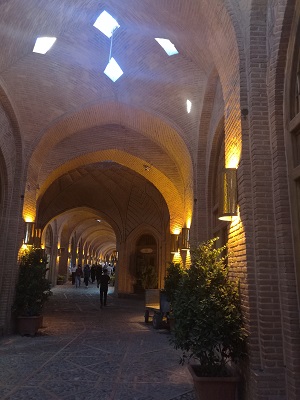
Hotels in Iran are classified according to their style and level of luxury and Qazvin offers many choices of nice and cozy hotels. Qazvin’s great host of historic and natural attractions has something to present to every visitor. Lofty heights of Alamut, a rare set of traditional villages and amazing city sightseeing spots all attract thousands of tourists to Qazvin. The huge number of foreign visitors have enhanced the quality and diversity of Qazvin’s hotels. The diversity and variety of natural and historic spots are also reflected in hotels in Qazvin. Before booking a tour of Qazvin, you should choose the type of your preferred accommodation. Your options in Qazvin include fancy hotels, cheap hotels, hostels and guesthouses. Quality hotels in Qazvin are countless, but here we have handpicked the best of the best. For many people Behrouzi Traditional House is the first choice of hotels in Qazvin. The long reign of Qajar kings in Iran had a lot of ups and downs. Politics was a serious issue for sure but not the only one. A new artistic boom resulted in the construction of mesmerizing houses and mansions all around the country. It looked as if people who grew sick of the chaos of the world, built their utopias within the walls of their houses. That may be the reason these old monuments still evoke a strange feeling of serenity and felicity in the observers. Take Behroozi House for example. You will have amazing herbal tea sitting on the wooden seats installed around a blue fountain pool. You will sleep in the loveliest rooms with traditional decorations and brick walls. And of course, you will enjoy the delicacy of Iranian cuisine to your heart’s content.
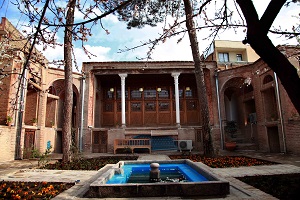
There are also great opportunities for choosing mid-range accommodation in Qazvin. Alborz Hotel in Qazvin is a great place for those who need to be near the city center and look for mid-range lodging. Some people prefer basic facilities and good service to the exorbitant cost and needless luxury of fancy hotels. Miremad Hotel in Qazvin is the perfect choice of accommodation for these people.
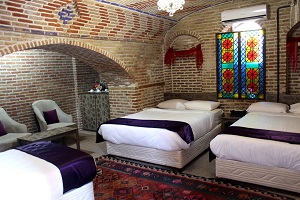

Qazvin tours are matchless when it comes to diversity and quality. Qazvin sightseeing tours, Alamut nature tours, Alamut off-road tours and Alamut Valley hiking tours are a few in the long list of tours in Qazvin. As stated above, Alamut tours alone include many different and exciting packages. Alamut off-road tours are among the best off-roading experiences you may have. Why we say that? Because in Alamut nature equips you with the possibility of all kinds of off-roading activities. Save for sand bashing which obviously requires sandy deserts, you can enjoy all other off-roading activities to their fullest in Alamut. Nature tours are also very popular in Alamut given the wonderful natural diversity of the region.
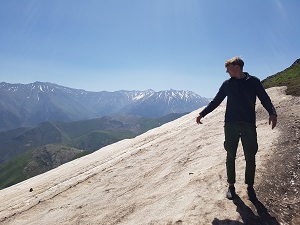
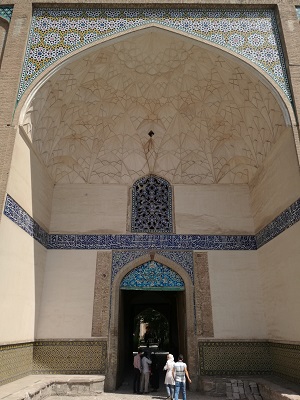

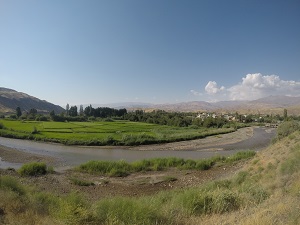
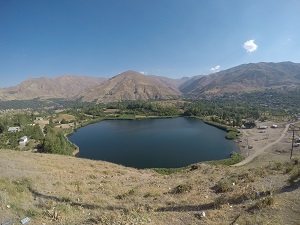
The earliest records of Qavin’s history take us back to thousands of years ago. But in spite of that, the city’s hay days were during the 16th century at the time when Safavid empire was at height of power. Safavids were mighty kings. During 235 years of their reign, Safavids moved their capitals two times. Qazvin became the capital of Iran in 1555 when Shah Tahmasb I came to the throne. The city retained its status as the center of administration for fifty years until Shah Abbas changed the capital one last time and Isfahan replaced Qazvin as the seat of the king. In the succeeding years, the city thrived and turned into a major center of commerce in the 19th century. Qazvin also produced some of the most illustrious calligraphy artists of the history. For the latter cause, Iranian call Qazvin “the calligraphy capital of Iran”.
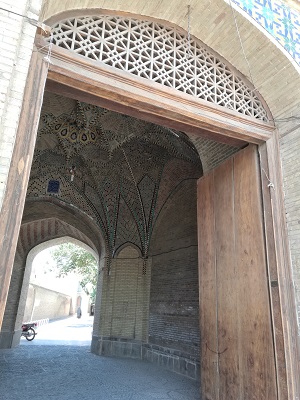

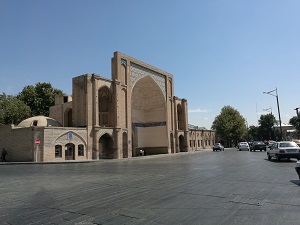
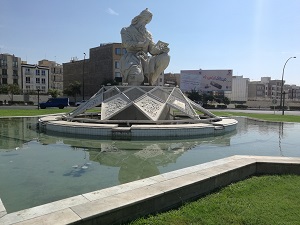
Qazvin is located in one of the busiest travel routes in Iran. If you take a look at Qazvin’s map, you will realize the strategic significance of Qazvin for Iran’s thriving tourism industry. It links the industrial cities of the northwest like Tabriz and Zanjan to the capital. Qazvin is also one of the popular spots for the tourists heading to the northern provinces like Gilan and Mazandaran. These two provinces have extensive coastline on the Caspian Sea. They are of special significance for the tourism industry of Iran and function as the most popular weekend destination for the large population of the capital.
Qazvin’s weather is dry and cold in the winter and most of autumn. If you plan to travel to Alamut, make sure to check Qazvin’s weather forecast online before embarking on your journey. Many official websites offer updated versions of Qazvin weather map and the weather condition in different counties across Qazvin Province. Weather forecast becomes a matter of special importance for travelers planning to go on a nature tour, off-roading or hiking. Provincial areas such as Alamut which are the main destination of the tours, are mountainous regions known for extreme weather. Winters are severely cold in these regions. But not even extreme weather could discourage the mountaineers climbing Alam-Kuh, the second highest peak in Iran that watches over the expansive Alamut Valley.
0 Comment(s)
|
Comments and Reviews |
|
|